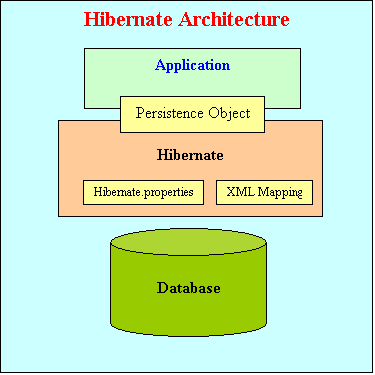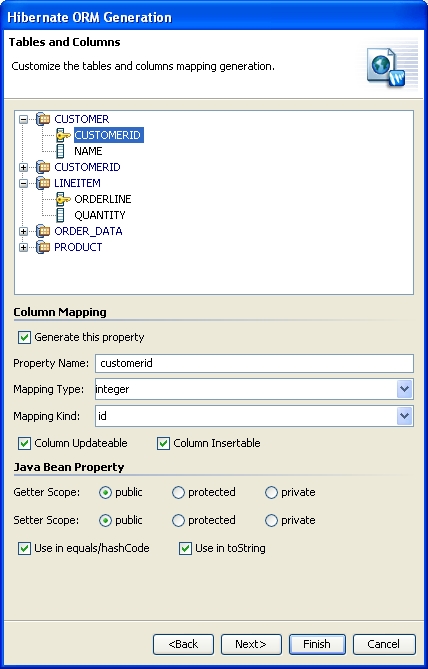

It is very simple to combine Spring Boot Application with its Spring Ecosystem, which includes Spring JDBC, Spring ORM, Spring Data, and Spring Security, among other things.It eliminates the requirement to write repetitive code, annotations, and XML configuration.It cuts down on development time and also increases the output.It is very simple to create Spring-based apps in Java or Groovy.The advantages of Spring Boot are as follows: Mentioned below are important Spring Boot dependencies that need to be added to a Gradle-based or Maven-based application, to ensure application compatibility with Spring Boot features.Ħ. What are the key dependencies of Spring Boot? Enables annotation-based configurationsĥ.
#Hibernate java version compatibility manual
Integrates an auto-configuration tool, eliminating the need for manual configuration.Helps users effectively manage Representational State Transfer (REST) endpoints.Provides the best means to configure Java beans.Some of the most compelling reasons for using Spring Boot include: In addition, Spring Boot offers superior compatibility with Spring frameworks, and it also provides excellent support for docker containerization, heightening performance, and useability. The Spring cloud that comes with Spring Boot, includes vast libraries, which is one of the major reasons why most developers prefer the Java-based Spring Boot. Why Spring Boot is preferred over any other framework? Includes an Auto-Configuration functionality, allowing users to configure Spring applications automaticallyĤ.Users can simply run war files, without deploying it.Provides support for embedded servers, such as Jetty and Tomcat.Integrates a tool called the Actuator, which enables users to manage and monitor applications.

Primarily used for developing microservices-based applications, Spring Boot offers the following key features for configuring, developing, and deploying microservices architecture. What Spring Boot features help develop Microservices Applications?



 0 kommentar(er)
0 kommentar(er)
